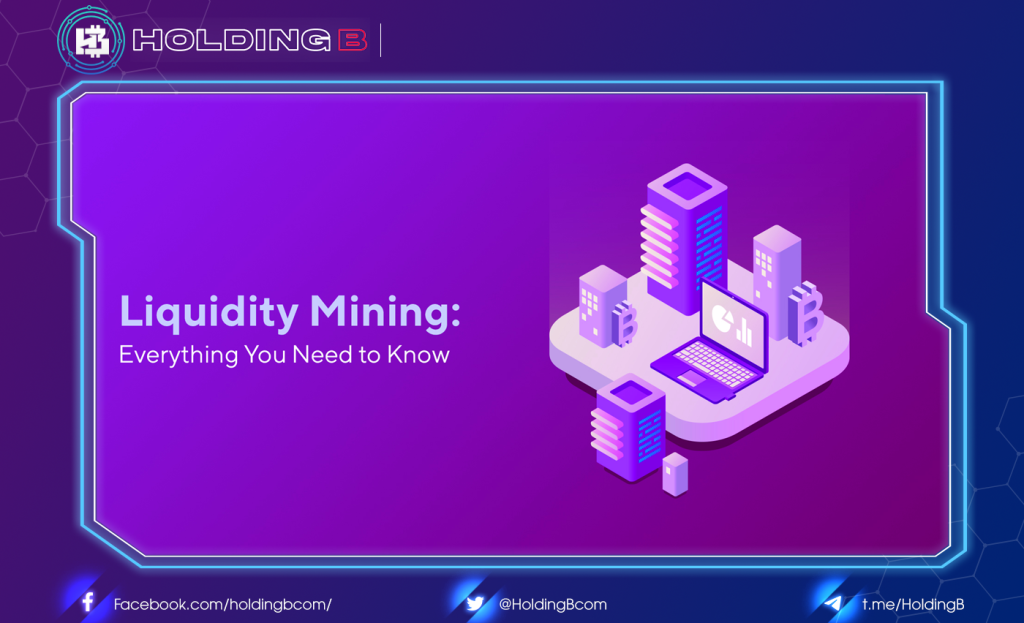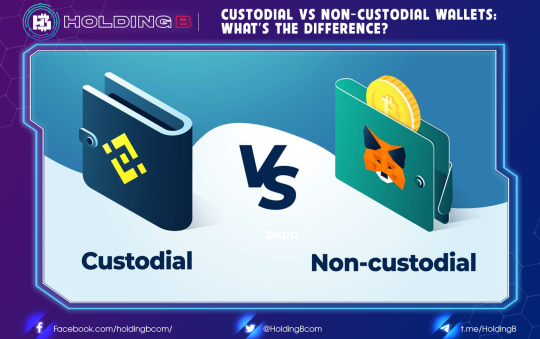The recent boom in the DeFi market has opened up extremely effective ways to make money. A new concept that has emerged in the DeFi market recently is liquidity mining, or yield farming, an extremely effective passive earning tool.
Liquidity Mining Overview

To understand what liquidity mining is, we first need to understand the definition of AMM, the operating foundation of liquidity mining. An Automated Market Maker (AMM) is a decentralized exchange protocol. AMM’s mission is to price assets based on the network’s pricing algorithm instead of using an order book like on centralized exchanges.
AMM can be understood simply as a type of smart contract that deals directly with users, thereby completely eliminating the presence of a third party. However, it is the users who will provide liquidity to the AMM. In return, they will be rewarded with a certain number of the protocol’s native tokens. These users are called liquidity providers (LPs), and the process of providing liquidity is known as liquidity mining.
Why do they need to Attract Liquidity?
Because the more liquidity in a trading pool, the lower the asset slippage. Both parties will benefit. It should be noted that each AMM will have a different amount of slippage. On an AMM, the asset value is always determined through an algorithm. The task of the algorithm is to revalue the tokens in the pool based on the remaining tokens. If the number of tokens in the pool fluctuates greatly, the asset price slippage will be greater.
The three most popular types of Liquidity Mining Programs

- Liquidity mining aims to distribute tokens fairly: the main task of this program is to distribute the protocol’s native tokens to all investors instead of selling them directly, thereby ensuring that all users have token ownership.
- LM intends to decentralize systematically, to distribute tokens to the community, and to prevent asset centralization.
- LM to create a market: a liquidity mining program to encourage trading activity at a certain time.
It should be noted that each program has its own pros and cons, and some protocols may possess all of the above characteristics (UniSwap). Besides, the effectiveness of each program also depends entirely on the development direction of the protocol.
Liquidity Mining is an important factor for AMM and the DeFi market

Liquidity mining helps distribute tokens more widely. Initial coin offerings (ICOs) in 2017 have upset many individual investors. During this period, protocols sold most of the token supply to institutional investors. In turn, institutional investors sell off all the tokens they have acquired at a higher price to individual investors. Therefore, the mission of liquidity mining is to create a fairer playing field where individual and institutional investors have equal ownership of the network’s native tokens.
Closer association: users who hold the network’s native tokens are likely to become full-fledged users of the protocol.
More comprehensive governance: owning native tokens will incentivize users to build protocols (through transactions). By allowing users to own native tokens as soon as they are launched, liquidity mining will help build strong communities and help protocols either develop or transform into DAOs (non-autonomous organizations). concentrate).
Faster testing: in the DeFi market, liquidity determines the potential application of the token. If the native token price of the protocol increases, liquidity mining schemes will attract more investors to join the network. This phenomenon will encourage new experimental projects on the protocol.
However, if the network has no potential for growth, these projects will quickly withdraw from the network and find other networks. This network will be eliminated very quickly after that. This process is similar to miners’ stopping bitcoin mining if the price of this cryptocurrency falls too deeply.
See ya in the next article !
Don’t forget to follow useful articles about Crypto Market from team Holding B !!!
- Telegram Channel: https://t.me/HoldingBcom
- Telegram Group: https://t.me/HoldingB
- Website: https://holdingb.com/
- Twitter: https://twitter.com/HoldingBcom
- Facebook: https://www.facebook.com/holdingbcom





